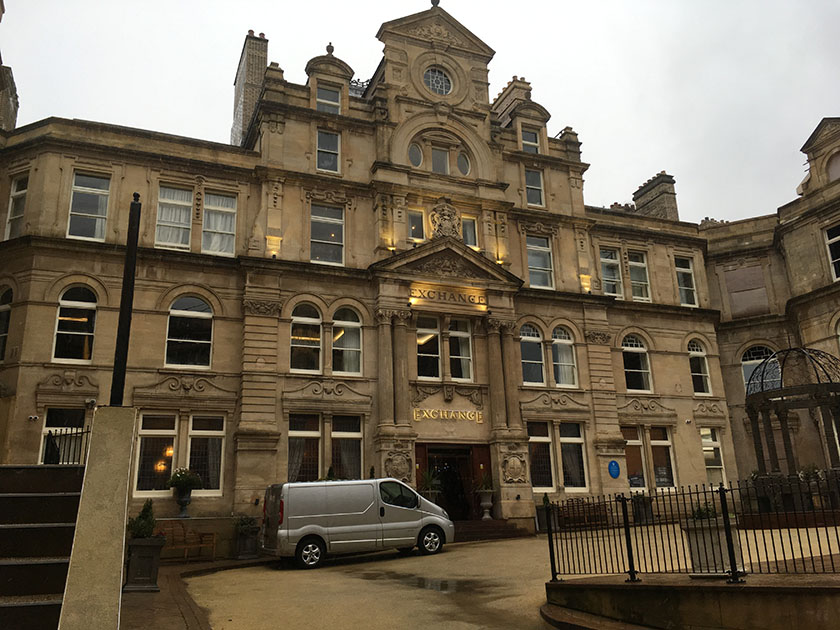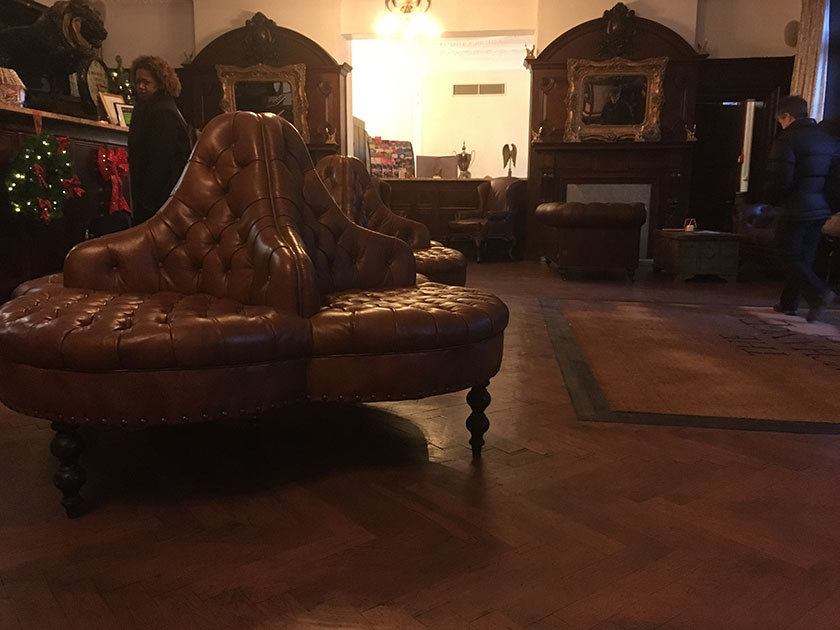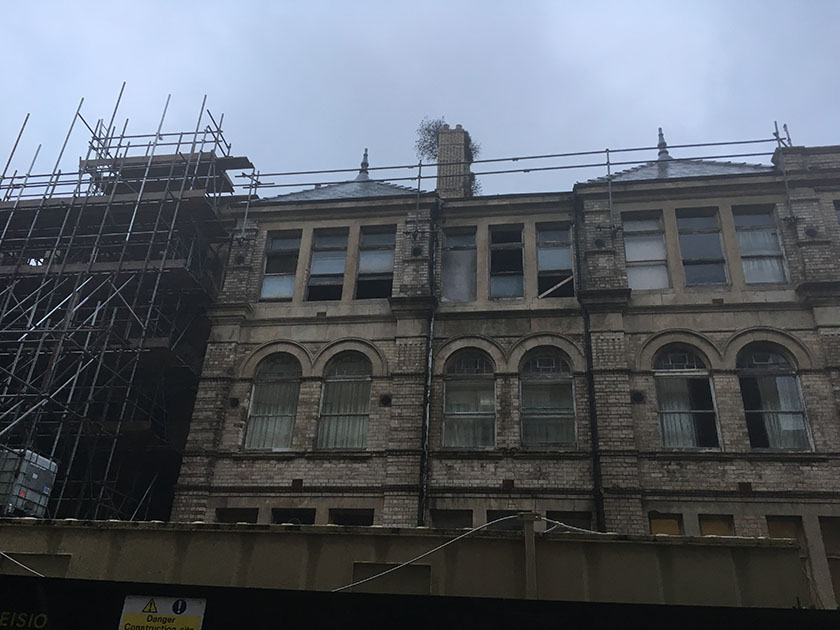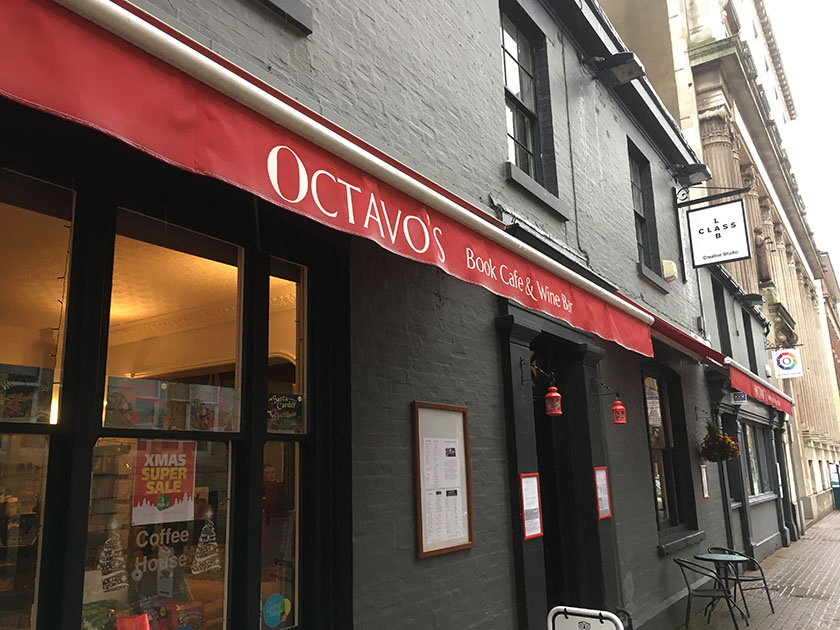From hotels and heritage to cafes and campaign groups, Cardiff’s industrial past is being well and truly remade for the present

The Coal Exchange is an instantly identifiable city landmark, with a facade that hasn’t looked this impressive in decades.
The grandeur strikes you the second you enter the building. It’s not just spattered here and there – it’s endemic to the entire space. The floor is a dark parquet, the walls richly ornamented and panelled, the seats a plush leather that could swallow a person whole. To describe it merely as glamorous would be doing a severe disservice.
Step back two years, however, and the Coal Exchange is a mess, its floors covered with asbestos and dry rot. The building had been out of use since 2013, closed due to structural safety concerns. Then in February last year, the Liverpool-based hotel firm Signature Living acquired it for the nominal sum of one pound; although according to Mike Johnson, now director at the Coal Exchange, this does not tell the full story.
“No-one wanted it, but everyone recognised its value and significance.”
“It was in a state of limbo. No-one wanted it, but everyone recognised its value and significance,” he explains. “So yes, Signature Living were given it for a quid, but however you calculate the GDP, it was worth minus seven million pounds.”
The significance of the deal cannot be understated. Cardiff Coal Exchange was once the centre of a worldwide coal industry that reached its zenith in the early 20th century. Despite closing its doors in 1958, the building has become a famous symbol of the city, and it was hoped that any new purpose would feature the local community at its heart.

The Exchange Hotel opened for the first time in June 2017, and aims to have renovated all 211 rooms by next summer.
Yet it is now a lavish hotel, and arguably looking better than it has for decades. The head of Signature Living, Lawrence Kenwright, has made no secret of his mantra to ‘find an old building that’s in trouble, tap into its DNA and put a social beacon on top of it.’ It’s an attitude that quickly won over Mike.
“Having emotional and business links to the place for 25 years, of course I was bothered about who was coming in,” says Mike, the Exchange’s caretaker from 2003-13. “After I’d looked very carefully at what Signature Living were doing, I thought they were worth backing. Didn’t know whether they could succeed or not, but Lawrence’s intentions were good.”
Losing friends
While Mike may have been convinced by Signature Living’s plans, it would be fair to say the past six decades have seen more popular proposals. The local campaign group Save the Coal Exchange were among the most concerned parties, and discussions between the two became remarkably heated.
“Save the Coal Exchange became very entrenched and I lost a good couple of friends over that,” recalls Mike sadly. “There wasn’t any other option, and I do know that they are definitely well-intentioned.”
The local campaign had been attempting to raise money to renovate the Coal Exchange themselves as a community space and cultural hub, but lost out to the hotel, which had funding readily available. Now they fear the sections of the building in the worst condition will ultimately be demolished rather than restored for the public.

Save the Coal Exchange have raised particular concern over the north face of the building, which is in a poor state.
Kerry Hood, a spokesperson for Save the Coal Exchange said, “We wanted the roof and the four walls to be kept safe, and they promised they would do that, but it wasn’t written down anywhere official so there’s been no way to enforce it.”
For Kerry and the other organisation members, the past year has seen them labelled as sticklers, which they feel is grossly unfair.
“Coal Exchange Ltd have tried to portray us as spoilers who are anti-everything, but we really are just trying to make sure that the best is being done for the building,” she said.
It all raises an interesting question: will there ever be an ideal offer? How high should the bar be set? As Mike puts it: “there’s a guy coming in to redecorate your house. He’s not going to do everything the way you’d want, but each time ask yourself ‘is it better than it was?’”
A catalyst for change
There is more to this tale than just one building, however. In the area immediately around the Coal Exchange sits Mount Stuart Square, a neighbourhood that looks like it has come straight out of a period drama because it really has.

Octavo’s book café and wine bar occupies the oldest licensed premises in Cardiff, a short walk from the Exchange.
The imbalance in public spending between the square and Mermaids Quay has seen the former become a quiet, rarely visited district. Now though, the renovation of the Coal Exchange has led to plans for additional local developments. At the very least, emphasised Hazel Cushion, owner of local book café Octavo’s, it cannot be a bad thing.
“I think it’s going to be a really beautiful part that will rival any capital city in Europe.”
“Without a doubt we have had people come in who are staying at the hotel, so it’s definitely been a benefit to us,” she said. “I think this is going to be a really beautiful part that will rival any capital city in Europe, I really do.”
With further museums, restaurants and even a spa in the works, Cardiff’s most grandiose setting is at last coming back to life.
Take a whistle-stop tour of Mount Stuart Square below:
